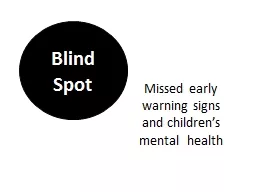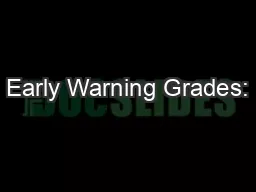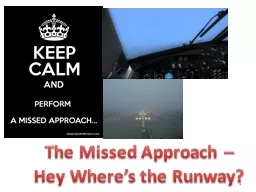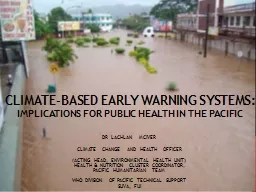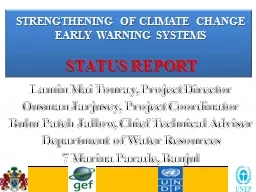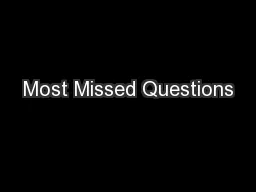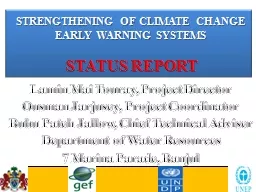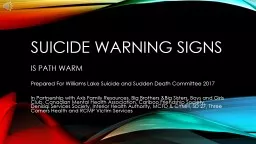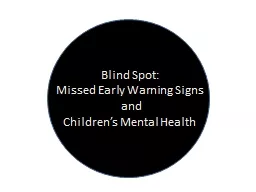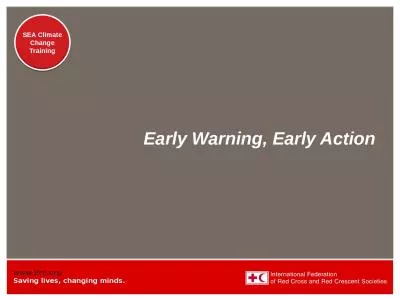PPT-Missed early warning signs and children’s mental health
Author : debby-jeon | Published Date : 2017-11-17
Blind Spot Childrens mental health Disturbing statistics In any given year about one out of every five Connecticut children 87500 to 125000 struggles with a
Presentation Embed Code
Download Presentation
Download Presentation The PPT/PDF document "Missed early warning signs and children�..." is the property of its rightful owner. Permission is granted to download and print the materials on this website for personal, non-commercial use only, and to display it on your personal computer provided you do not modify the materials and that you retain all copyright notices contained in the materials. By downloading content from our website, you accept the terms of this agreement.
Missed early warning signs and children’s mental health: Transcript
Download Rules Of Document
"Missed early warning signs and children’s mental health"The content belongs to its owner. You may download and print it for personal use, without modification, and keep all copyright notices. By downloading, you agree to these terms.
Related Documents

